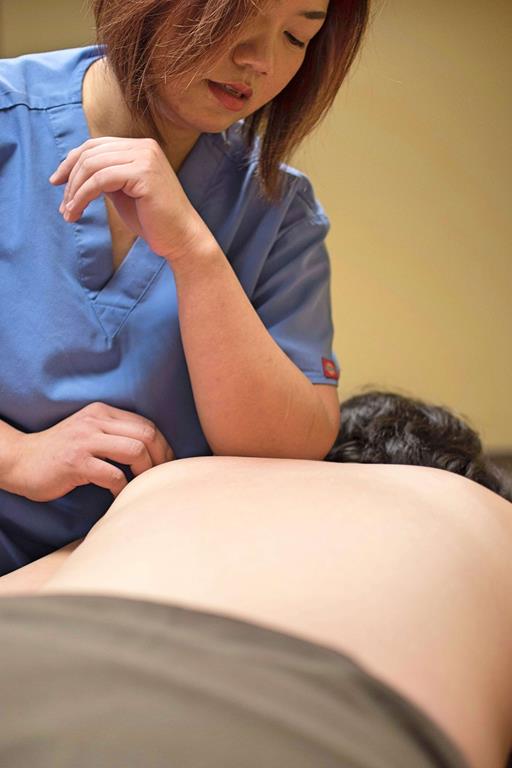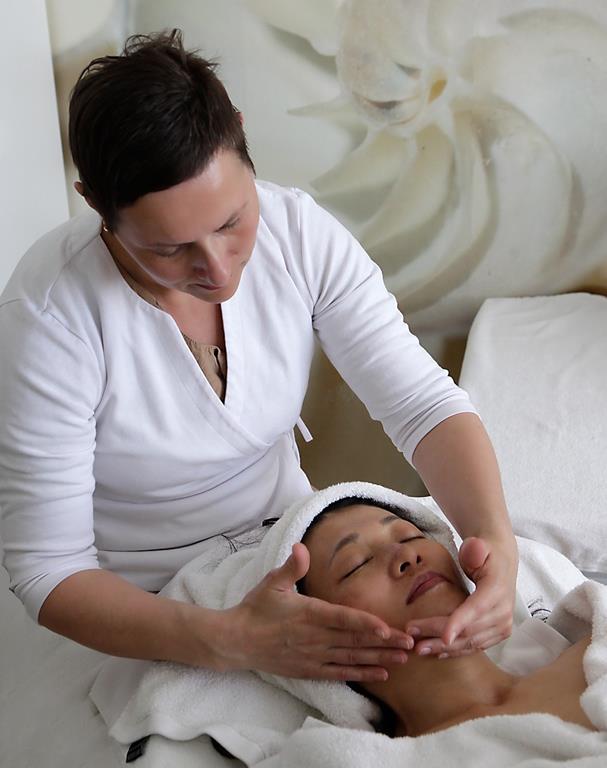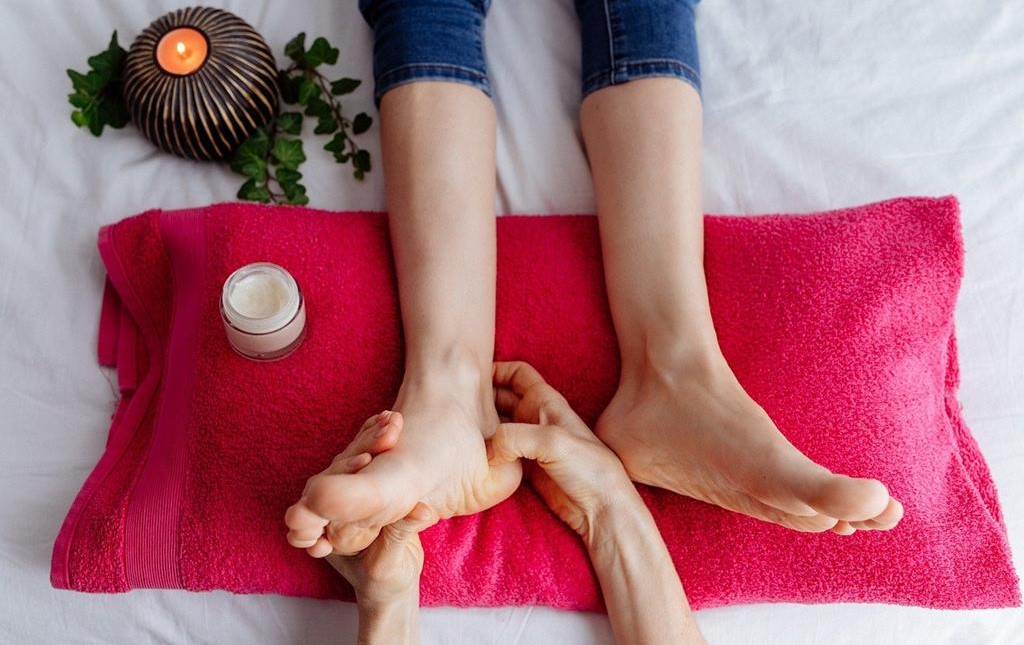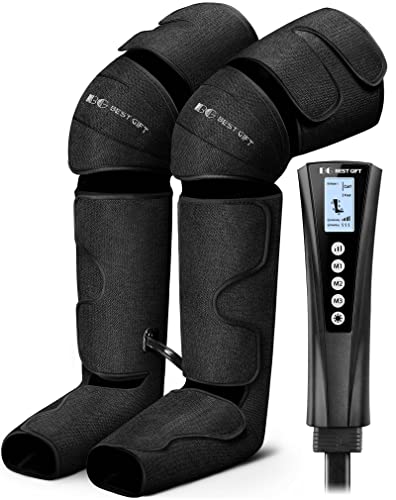Yes, getting a massage too often can lead to overstimulation and potential muscle strain. While massage therapy offers numerous benefits, excessive massages can cause the muscles to become too relaxed, leading to potential weakness.
It is important to allow the body time to recover and rebuild strength between sessions. Additionally, overdoing massages can also strain the budget. Finding a balance and listening to your body’s cues is key in maintaining the positive effects of regular massage therapy without overdoing it.
Quality over quantity is important, and consulting with a massage therapist about the optimal frequency for your specific needs can help in achieving the best results from your massage sessions.
The Benefits Of Regular Massages
Regular massages offer a range of benefits that contribute to overall well-being, making them a valuable addition to a healthy lifestyle. The positive effects of consistent massage therapy can be seen in improved circulation, reduced muscle tension, and enhanced relaxation, leading to a happier, healthier you.
Improved Circulation
Regular massages help improve blood circulation by stimulating the flow of oxygen and nutrients to the tissues and organs. This enhanced circulation supports better tissue function and the removal of waste products from the body, resulting in improved overall health and increased vitality.
Reduced Muscle Tension
Consistent massage sessions can effectively reduce muscle tension and help alleviate muscle stiffness. The manipulation of soft tissues during massages can release tension buildup and knots, promoting relaxation and flexibility. This can lead to better mobility and a reduction in discomfort caused by tense muscles.
Risks Of Excessive Massages

Excessive massage, while often viewed as a luxurious indulgence, can pose certain risks to your health and wellbeing. While massage offers numerous benefits for physical and mental relaxation, overdoing it can have adverse effects on your body. It’s essential to understand the potential risks of excessive massages and maintain a balanced approach to reaping the benefits without encountering unwanted consequences.
Muscle Soreness
While the intention of a massage is to relieve muscle tension, receiving massages too frequently can lead to increased muscle soreness. This can occur when the muscles are not given sufficient time to recover between sessions, resulting in heightened sensitivity and tenderness. It’s important to allow your muscles adequate rest and rejuvenation to prevent exacerbating soreness.
Risk Of Injury
Excessive massages can potentially increase the risk of injury. Intense or frequent manipulations of the muscles and tissues through massage can lead to strain, sprains, or micro-tears, particularly if the body is not granted adequate time to recover. It’s crucial to strike a balance and allow your body the opportunity to heal and rebuild after each session to avoid the risk of injury.
Finding The Right Balance
When it comes to receiving massages, finding the right balance is essential. Listening to your body and consulting with a professional can help you determine how often you should get a massage.
Listening To Your Body
- Listen to any discomfort or pain your body may be experiencing.
- Pay attention to how your body responds to different types of massages.
- Adjust the frequency of your massages based on your body’s needs.
Consulting With A Professional
- Discuss your massage frequency with a licensed massage therapist.
- Consider any underlying health conditions you may have.
- Seek professional advice on the optimal frequency for your specific needs.
Signs You May Be Overdoing It
Getting a massage is a wonderful way to relax and alleviate muscle tension. However, too much of a good thing can sometimes lead to negative effects. It’s important to pay attention to signs that you may be overdoing it with your massage therapy sessions. If you experience any of the following symptoms, it may be time to reconsider the frequency and intensity of your massages.
Increased Sensitivity
One of the signs that you may be getting too many massages is increased sensitivity in your muscles. While massages are designed to release tension and promote relaxation, excessive manipulation of the muscles can cause them to become overly sensitive. If you notice that even light pressure on your muscles is uncomfortable or painful, it could be a sign that you need to give your body a break.
Persistent Muscle Pain
If you find that you’re experiencing persistent muscle pain after your massages, it may be an indication that you’re getting them too frequently. While some soreness after a massage is normal, especially if you’re working on specific problem areas, prolonged or intense pain could be a sign that your body hasn’t had enough time to recover between sessions. It’s important to listen to your body and adjust the frequency of your massages accordingly.
Prolonged Fatigue
While massages are often thought to be energizing, excessive massage therapy can actually leave you feeling tired and fatigued. This is because the body needs time to rest and recover after the physical manipulation of the muscles during a massage. If you notice that you’re feeling unusually drained after your massages, it may be a sign that you’re overdoing it.
| Signs You May Be Overdoing It | |
|---|---|
| Increased Sensitivity | Light pressure on your muscles is uncomfortable or painful. |
| Persistent Muscle Pain | Experiencing prolonged or intense pain after a massage. |
| Prolonged Fatigue | Feeling exceptionally tired and drained after a massage. |
It’s important to maintain a balance in your massage therapy routine and listen to your body’s signals. If you notice any of these signs, it may be time to reduce the frequency of your massages or seek guidance from a professional masseuse to determine the appropriate amount of therapy for your body’s needs.
Conclusion: Nurturing Your Body

Self-care Practices
Engaging in self-care practices is an essential part of nurturing your body. Massage therapy can be a beneficial aspect of self-care, but like anything else, moderation is key. While regular massages can provide numerous health benefits, getting a massage too often can potentially be counterproductive.
It is important to prioritize recovery and focus on a holistic approach to self-care. Here are some self-care practices to consider:
- 1. Listening to Your Body: Pay attention to signals your body gives you. If you are feeling fatigued or experiencing muscle soreness, it may be a sign that you need to take a break from massage therapy.
- 2. Proper Rest: Getting sufficient rest is crucial for your body’s overall well-being. Allow your body to recover and rejuvenate by getting enough sleep each night, and avoid overexertion.
- 3. Balancing Activities: Engage in a variety of activities to ensure balanced muscle use. Incorporate stretching, strength training, and aerobic exercises into your routine to support your body’s natural healing process.
- 4. Nutrition: Ensure you are providing your body with proper nutrition to optimize its functioning. A balanced diet rich in fruits, vegetables, and lean proteins can aid in muscle recovery and overall health.
- 5. Hydration: Stay hydrated throughout the day. Drinking enough water helps flush out toxins and promotes healthy circulation, which is important for muscle recovery.
Prioritizing Recovery
Recovery should always be a priority when it comes to taking care of your body. Too much massage, just like any other physical activity, can lead to overuse injuries and strain.
Listening to your body and allowing yourself adequate time to recover is essential. Here are some tips to prioritize your recovery:
- 1. Rest and Relaxation: Give yourself time to rest and recover after a massage. This will allow your muscles to heal and rejuvenate.
- 2. Ice and Heat Therapy: Alternate between ice and heat therapy to reduce inflammation and promote muscle recovery.
- 3. Stretching: Incorporate gentle stretching exercises to improve flexibility and prevent muscle stiffness.
- 4. Foam Rolling: Use a foam roller or self-massage tools to release muscle tension and promote faster recovery.
- 5. Gradual Progression: If you are incorporating massage therapy into your fitness regimen, gradually increase the frequency and intensity rather than diving into daily sessions.
By prioritizing recovery and implementing proper self-care practices, you can optimize the benefits of massage therapy while minimizing the risk of overuse injuries. Remember that each individual’s needs may vary, so it is essential to listen to your body and seek professional advice when necessary.
Frequently Asked Questions
How Often Is Too Often To Get A Massage?
Getting a massage every 1-2 weeks is beneficial for most people. However, listen to your body’s needs for the best frequency.
Is It Ok To Have Massage Everyday?
Yes, it is generally safe to have a massage every day. However, it’s important to listen to your body and consult a healthcare professional for any specific concerns. Regular massages can help with stress relief and improve circulation, but moderation is key.
What Happens If You Massage Too Much?
Excessive massage can cause soreness, bruising, and muscle damage. It’s important to listen to your body and not overdo it. If you experience pain or discomfort, give yourself time to rest and recover. Regular, moderate massage is beneficial for relaxation and muscle health.
How Many Days Should You Wait Between Massages?
Ideally, wait at least 1-2 days between massages for the best results and to give your body time to relax and recover.
Conclusion
Moderation is key when it comes to the frequency of massages. Listen to your body’s signals and consult a professional for guidance. Regular self-care is important, but overdoing it can have negative effects. Balance is crucial for reaping the full benefits of massages without risking harm.



